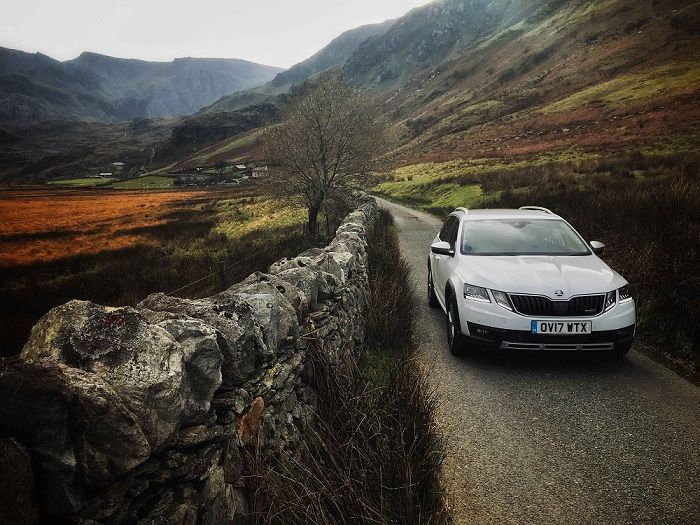Wondering how car registration numbers are
generated and what you can learn from them in different countries? Why are
number plates in the UK white at the front and yellow at the
back? How much will the most expensive British registration number set you
back?
The second part of our “Deciphering Number
Plates” series takes us to the UK, the home of James Bond,
Mr Bean and many other legendary characters and their iconic cars. What
is instantly noticeable about British number plates is their colour
scheme: black on a white background at the front, black
on a yellow background at the back. This colour combination was
legislated in 1973 (previously UK plates were white or silver
lettering on a black background). Ever wondered about the thinking
behind this? A perfunctory search will give you several more or less
credible explanations – for example, so that other drivers know which
direction the car is travelling in even when it does not have
its lights on. Then there’s the idea that this stops the number plate from
dazzling the drivers behind a vehicle.
The truth, though, lies somewhere else –
a law from 1927 saying that the rear lights of cars must not
be white, and a reflector is also deemed
to be a light. As British number plates are required
to be reflective, they are therefore also regarded
as a light by that law and cannot be white at the back
of a car. Intriguingly, when cars with white reversing lights started
to be sold at the turn of the 1950s, their use in the
UK was actually illegal precisely because of this law. It was not until
a few years later that the British Parliament made an exception for
reversing lights. However, this exception did not extend to number plates,
so they had to be in a different colour. Yellow was
the colour of choice because, after white, it contrasts most with the
black lettering, making the registration number as readable
as possible.
The current system of British registration
numbers, in force since 2001, is made up of seven
characters. The first two characters are letters indicating the area code – the
place where the vehicle was registered. For these purposes, the territory
of the UK is divided into 20 areas, with the first letter
of the registration number designating one of them. Each
of these areas is broken down into sub-regions, with the second
letter of the registration number identifying a sub-region within the
area defined by the first letter. For example, if you see SA, that
means that the car was registered in Scotland (S), and specifically
in Glasgow (A). Likewise, LA denotes London (L), and specifically
Wimbledon (A). Those first two letters are followed by two digits, indicating
when the vehicle was registered. Each of these two-digit numbers denotes
a six-month period. The system was launched in September 2001 and the
first number was 51, indicating that the registration number was issued between
September 2001 and February 2002. The second number in sequence was 02,
showing that the registration number was issued between March 2002 and August
2002. This was followed by the number 52, and then 03, and
so on and so forth. The last three digits are the serial number.
CLICK HERE for further information and to see the how these have
changed over the years. -





